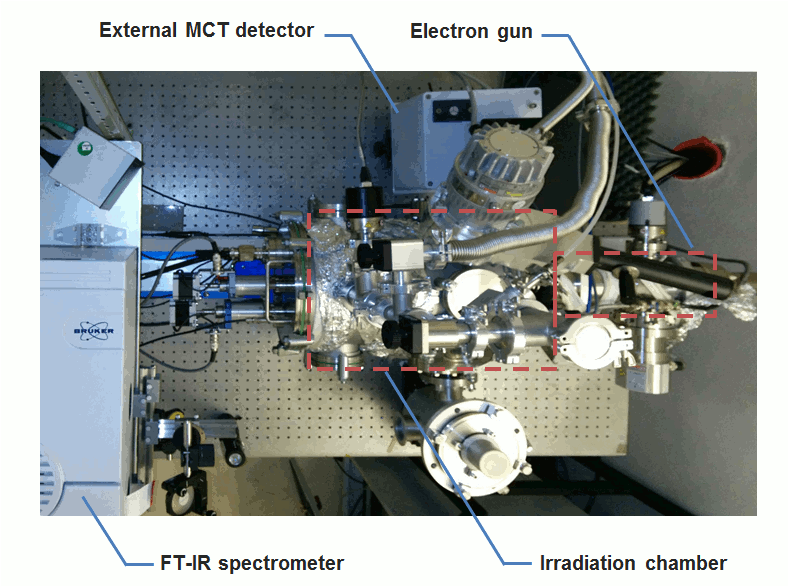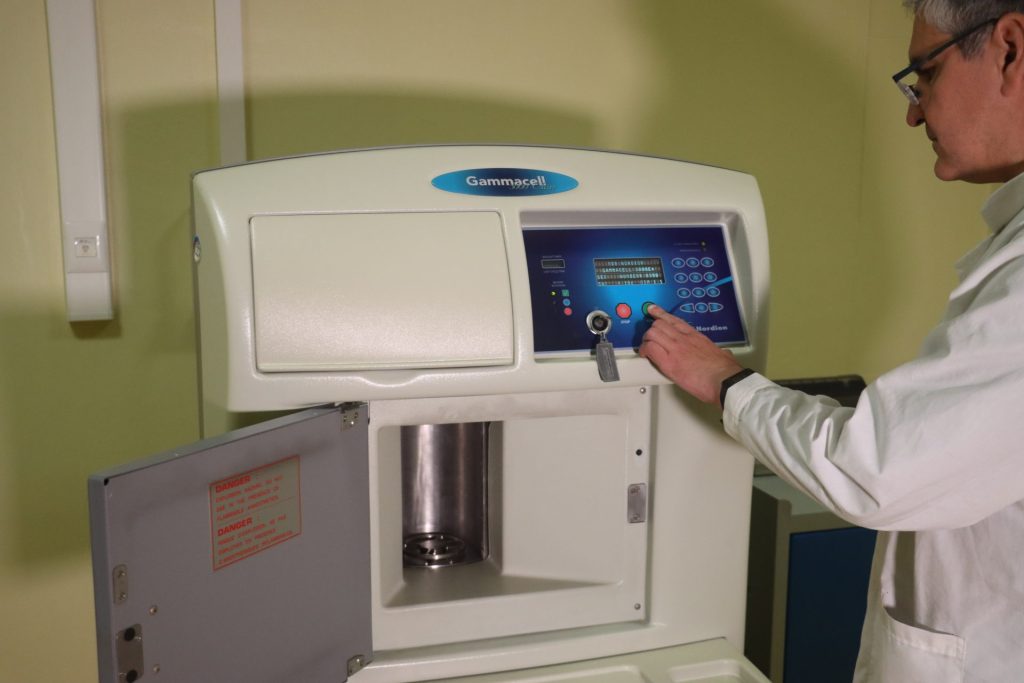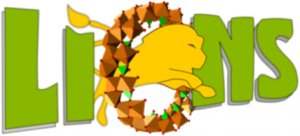Irradiation and Matter
Research in this area focuses on fundamental studies of the irradiation behavior of a wide variety of materials used in the nuclear power industry (metal alloys, glasses, ceramics, polymers). Radiation chemistry is also used for accelerated ageing experiments. Experiments involve the use of external irradiation tools (photons or electrons), and benefit in parallel from major simulation efforts.
Studies focus in particular on the microstructural evolution of materials (and associated aging), as well as the resulting changes in their properties (brittleness, corrosion resistance, chemical reactivity, etc.), in relation to their potential uses.
ALIENOR, a linear electron accelerator
ALIENOR generates 10 MeV pulsed electrons. The duration of the pulses can be tuned from 10 ns to 200 ns, with a beam surface of 1 cm2. The dose per pulse is at 10 ns around 20 Gy (1 Gy = 1 J.kg-1), and the frequency of the pulses can be changed between single shot to 10 Hz.
ALIENOR belongs to the EMIR&A https://emira.in2p3.fr/network and the european RISEenergy network each with specific access proposal.
Main applications: time-resolved irradiation, irradiation under high pressure/high temperature conditions, high higdose irradiation (maximum 10 MGy), low temperature irradiation, focused irradiation (radiotherapy), equipment testing.

Accir, an electron gun coupled to an infrared detection
This original set-up couples a 60 keV electron gun with an infrared spectrometer operating in the mid-infrared region (800-4000 cm-1), enabling performing in situ infrared experiments on irradiated thin films (a few tens of µm thick). The measurements are performed using the infrared reflection absorption spectroscopy approach. Concerning the dose, as an example, 0.5–25 ms electron generate a dose per pulse ranging from 4 to 200 kGy. Combining pulse electrons with rapid scan analysis enables performing experiments with a time resolution of 80 ms (and above).

Gammacell : The gamma irradiator
Radiation is continuous with a dose rate about 4.5 Gy.min-1. Typical doses that can be obtained range from a few Gy to 25 kGy.
Main applications: calibrated reference source, development of radical probes, dosimetry, aging of organic compounds.





